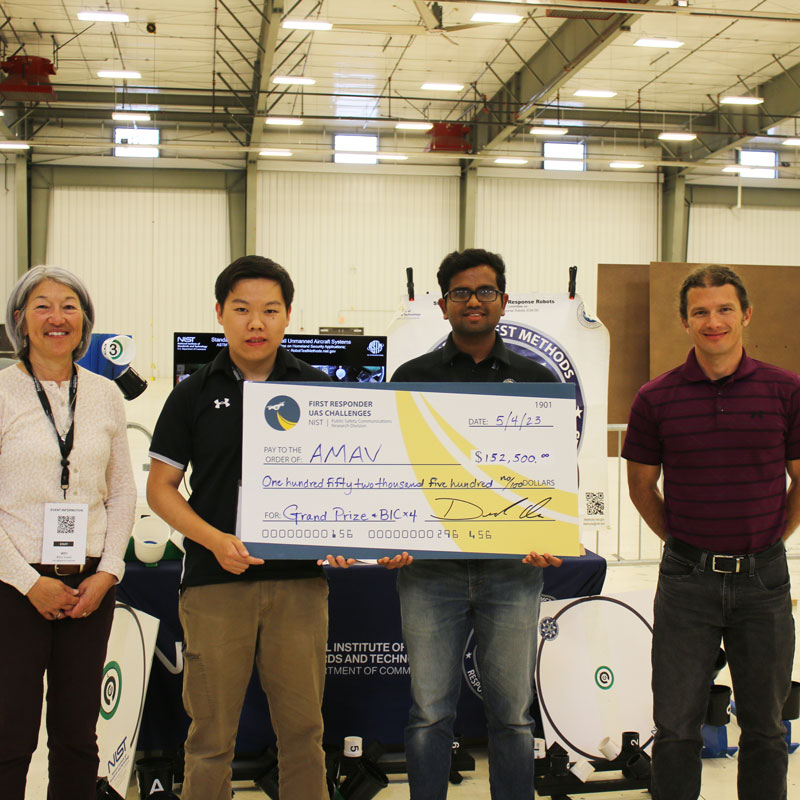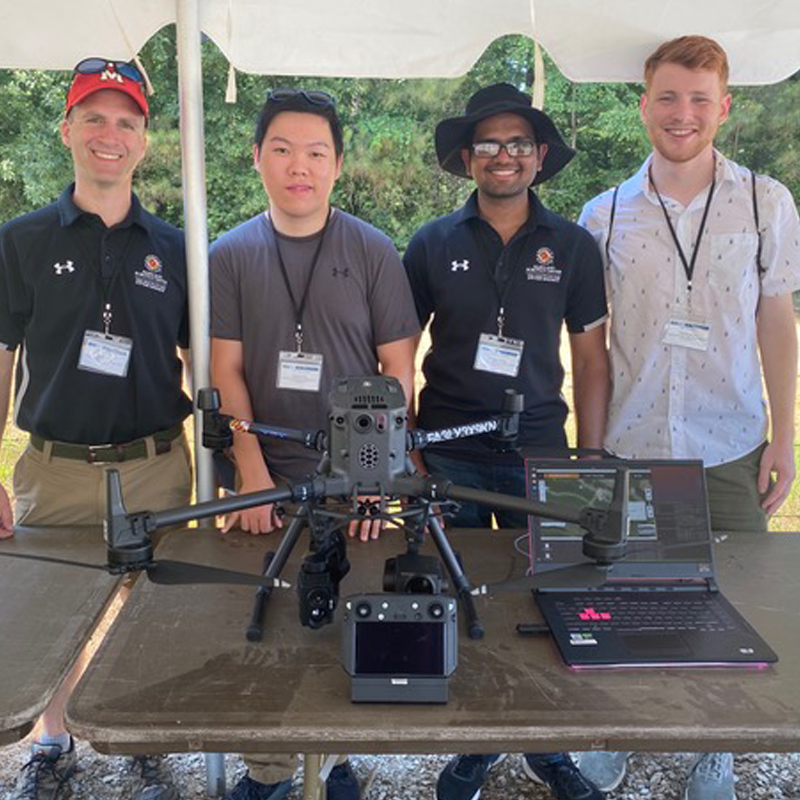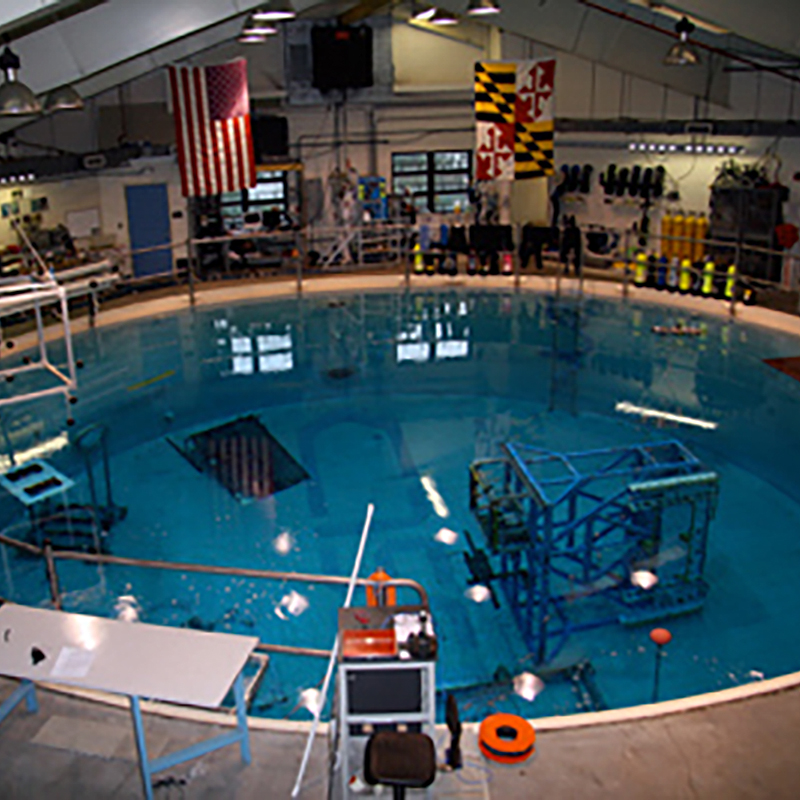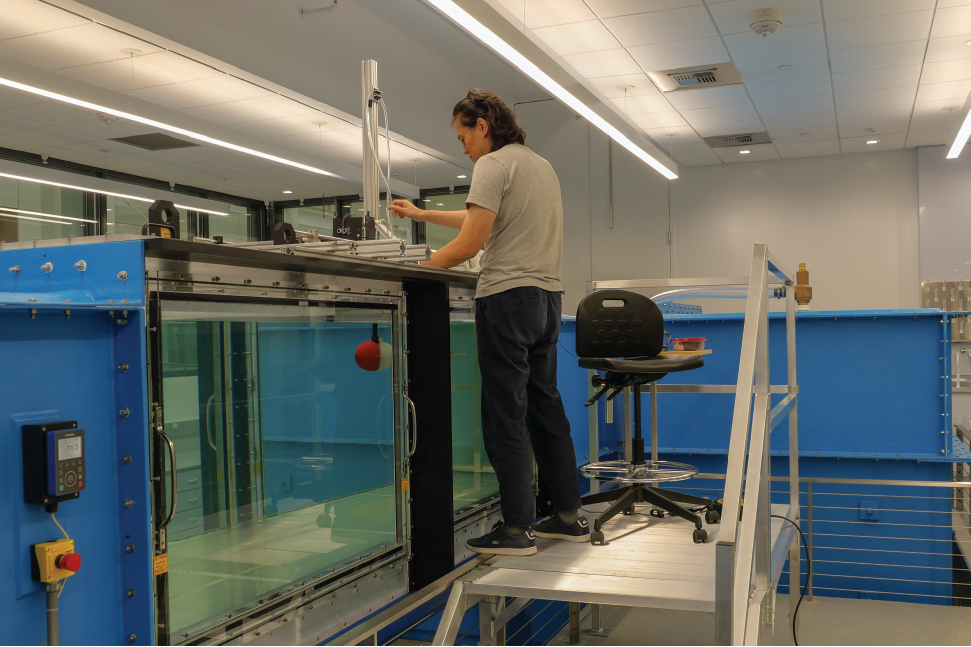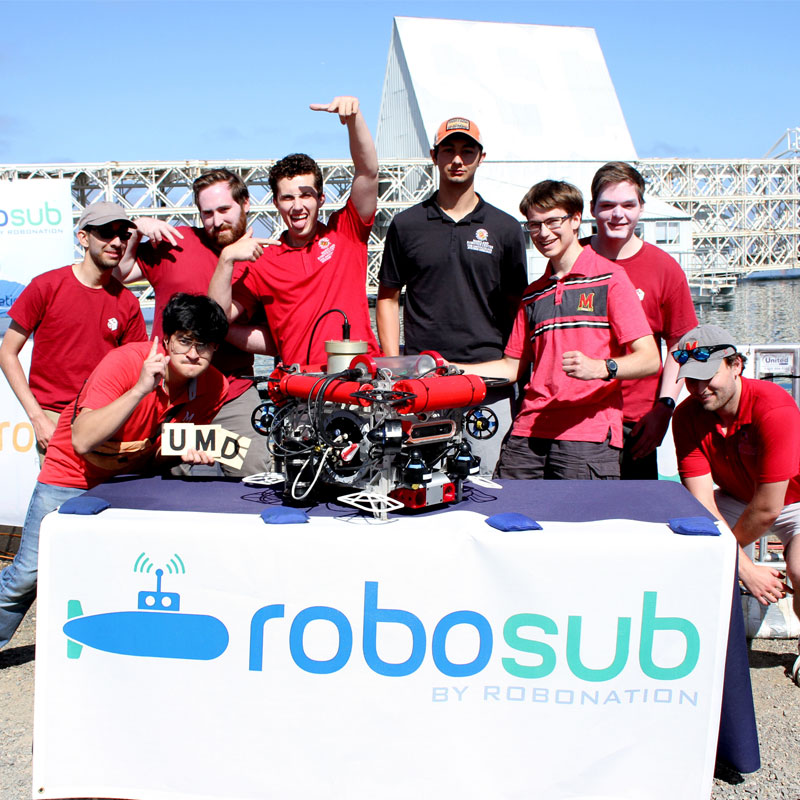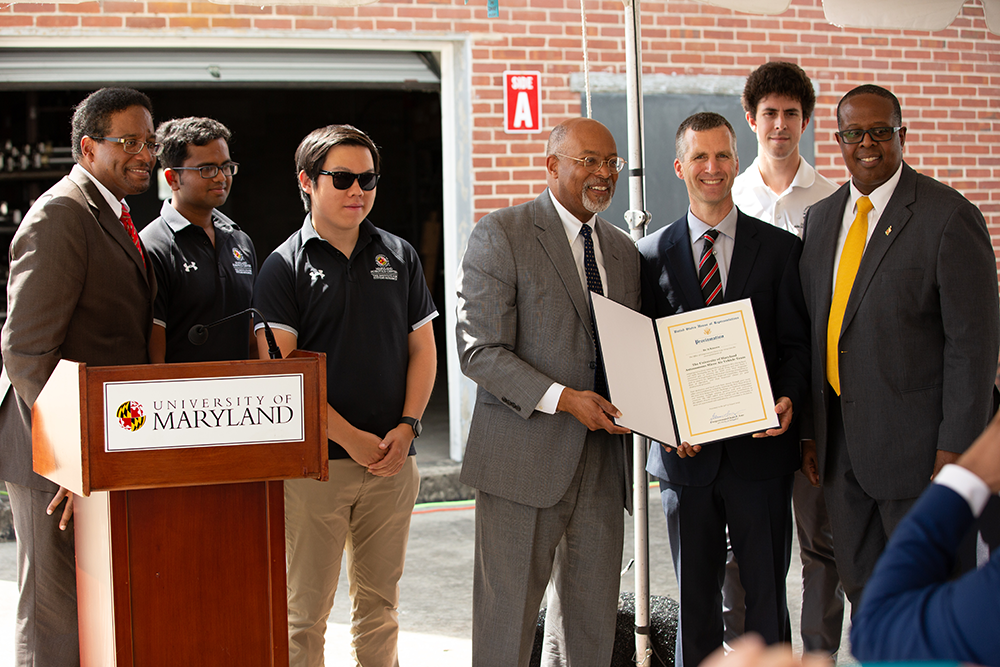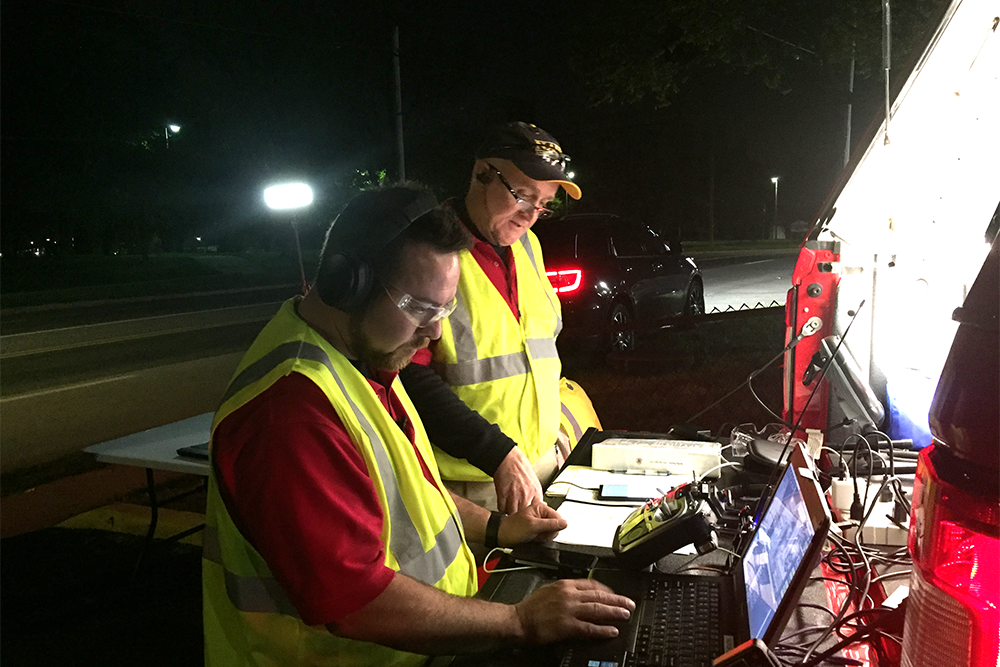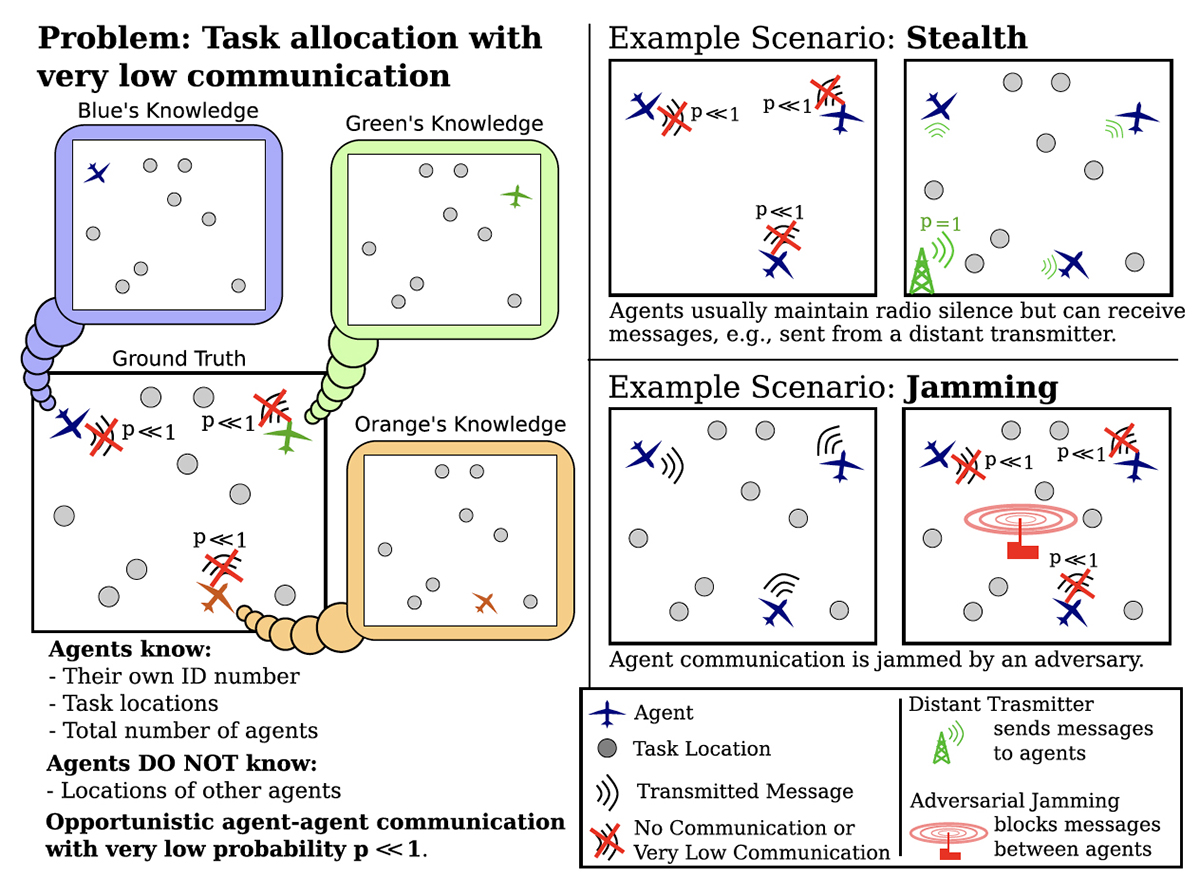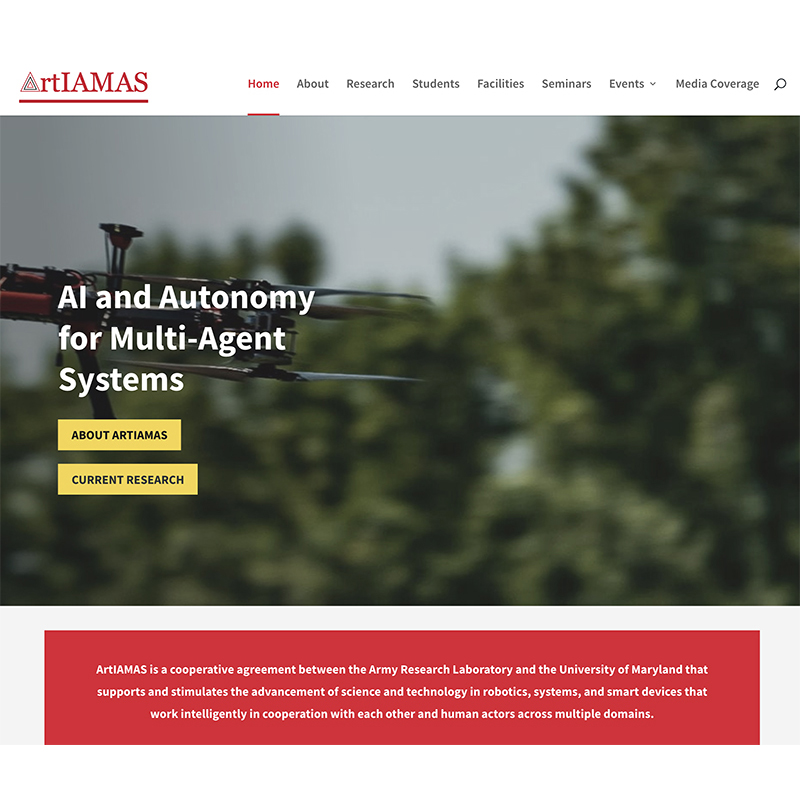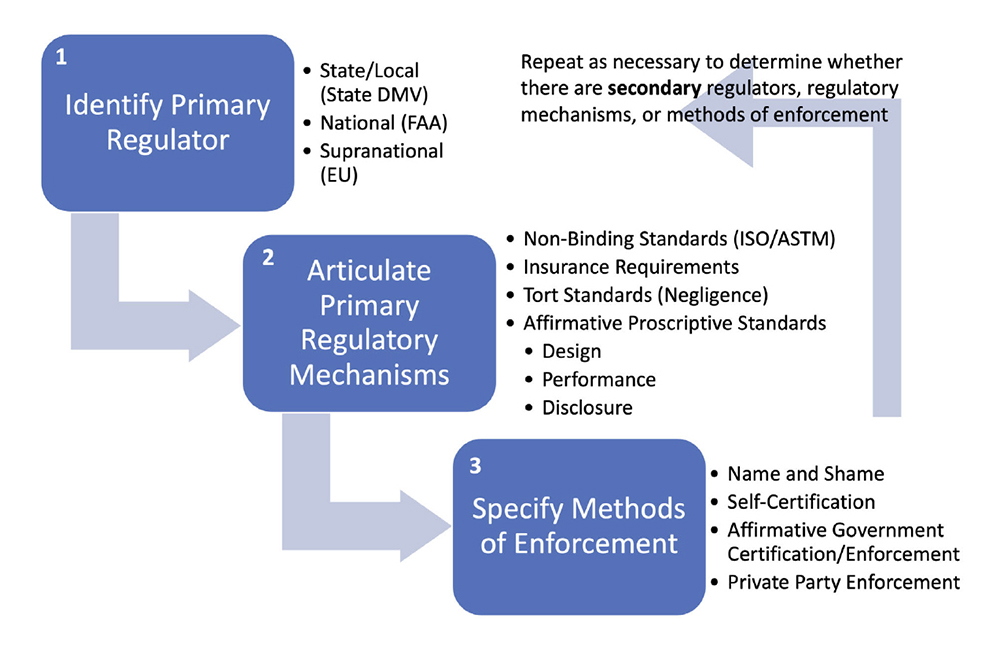News Story
Navigating the "New Normal": A Role for UAS
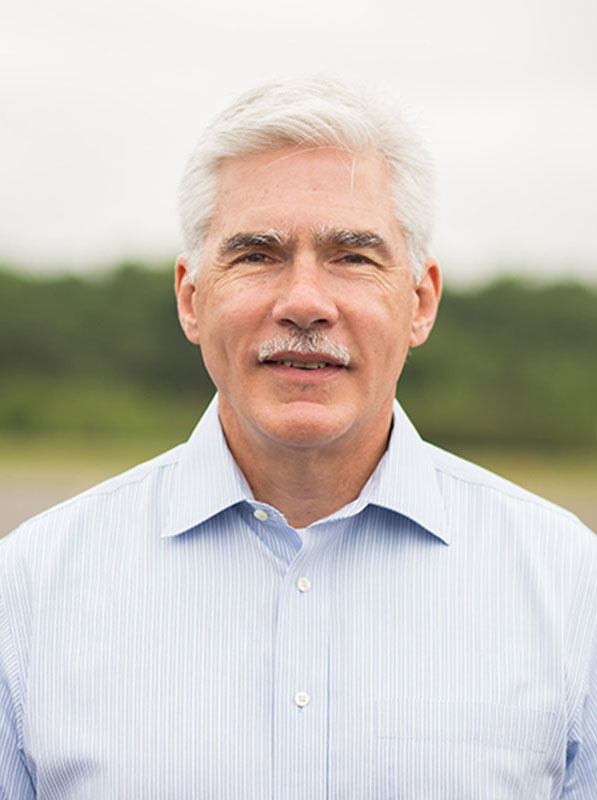 By Matt Scassero, Director, UMD UAS Test Site
By Matt Scassero, Director, UMD UAS Test Site
These are challenging times—and that may be a considerable understatement.
Not only are we still working to contain a pandemic, but we’re also endeavoring to get our economy back on track. Unemployment has reached historic levels. Some industries are struggling to recover, and not all will. We must respond to the immediate need and also look for ways to boost our capacity, as a nation, to adapt to such challenges.
While no one wished for a crisis like this to happen, there is much to be learned from it. Those of us who work with unmanned and autonomous systems see many ways in which the technology can potentially help our nation become more resilient in the face of public health risks such as those posed by COVID-19. For now, the word “potentially” remains key. Before that potential can be tapped, changes in the regulatory framework are needed, particularly for unmanned aircraft systems (UAS).
In theory, unmanned systems can be used to help reduce the exposure risk for medical personnel and others on the front lines of the fight against COVID-19. Drones could be used to carry samples from testing sites to processing centers, improving speed and efficiency. We can envisage a fleet of UAS flying to a center from sites across a county or state. Within a hospital or clinic, samples could be transported by autonomous ground robots, similar to Roombas. Drones could also help deliver supplies and equipment to people in remote areas—for example, the mountains of West Virginia or the far reaches of the Eastern Shore of the Cheaspeake Bay.
Those of us who work with unmanned and autonomous systems see many ways in which the technology can potentially help our nation become more resilient in the face of public health risks such as those posed by COVID-19.
UMD UAS Test Site Director Matt Scassero
Some hospitals and clinics have already experimented with using unmanned systems to handle some tasks customarily done by humans. Automated systems can conduct temperature checks of people entering a facility, for example. In the future, it’s not inconceivable that robots could administer tests. There’s a lot that can be done to reduce the need for human contact at a time when distancing can make a life-or-death difference.
For the most part, the technology is there. It still needs to be developed further and tested to ensure that it works reliably in all situations; nevertheless, the chief barriers right now are not technological in nature. Rather, they have to do with the regulatory environment and the trust factor. Currently, the use of unmanned aircraft systems is constrained by a visual line-of-sight requirement, and they also cannot be flown over people. Presently, drones can only weigh a maximum of 55 pounds, which is fine for most shorter-distance uses, but becomes a limiting factor at longer distances, where bigger aircraft are needed. An altitude limit of 400 feet also remains in place.
Inseparable from the regulatory issue is the need to boost public trust. Many people are still wary about UAS, for multiple reasons: their use in warfare, the possible privacy concerns, and the risk that they might be used for malicious or criminal purposes. Moreover, as with any new technology, people want to be sure that UAS are reliable and safe—that they follow their intended flight paths, avoid obstacles and people, and behave in intended rather than unpredictable ways. The trust factor is intertwined with the need for regulation, since the one of the key purposes of regulation is to ensure quality, reliability, and safety.
Clearly none of this is short-term. But it is also clear that we must act now to push the process forward. After all, we are already several months into a worldwide upheaval without recent precedent, and opportunities to mitigate the impact by means of UAS technology have already been missed.
Furthermore, COVID-19 may not be an anomalous event, but one of many health, environmental, and climate-related challenges that will test the resilience of our societies in the coming decades. We need to be ready for such challenges, and that includes making it possible for unmanned systems to do their part.
Published July 13, 2020
